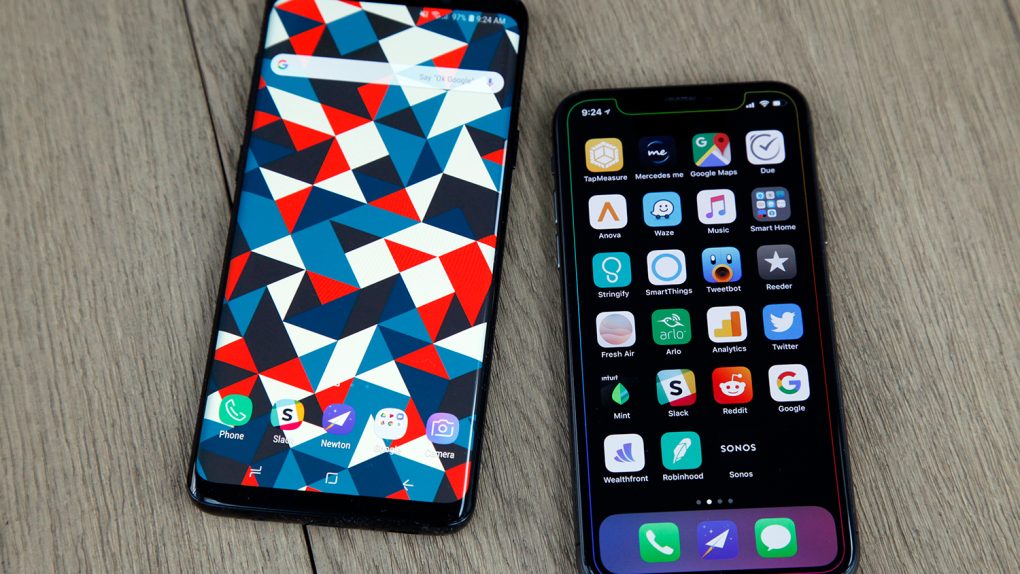With April almost over we have almost five months of waiting for Apple to unveil this year’s iPhone generation. We’re looking at three distinct iPhone X successors, according to various reports, including an LCD version that may cost as little as $550, and two OLED-based devices. The new iPhones will be the smartphones to beat — and imitate — for Android rivals, but a new report says there might be one key feature that no Android rival will be able to copy just yet.
The same A12 processor is likely to power all three iPhones. After all, the A11 Bionic is found both in the iPhone X flagship and in the iPhone 8 series, so Apple will likely want to stick to the same script going forward. That A12 chip will be built on TSMC’s 7nm process, Digitimes notes, echoing similar reports from the past. Thus, the A12 will be the first mobile processor to make the jump from 10nm to 7nm, and that feature will be an iPhone exclusive for some time to come.
The A12 will bring various speed and efficiency improvements as a result, and the chip will likely mop the floor with anything available from the competition when it comes to benchmarks. The 10nm A11 Bionic does the same thing with all competitors, including this year’s Snapdragon 845 and Exynos 9810 that power the Galaxy S9, which are both second-gen 10nm chips.
But the Galaxy S9 turned out to be speedier in real-life tests than the iPhone X, despite Apple’s advantage on paper. So whatever speed gains come from Apple’s adoption of 7nm process technology must also be backed up by a solid iOS 12 experience. After all, it’s no mystery that iOS 11 is holding Apple’s iPhones back right now in terms of performance.
Digitimes says that TSMC’s 7nm chips will help the company post record profits for 2018. The chipmaker is supposed to ramp up production of 7nm process in the second order to fulfill “lucrative orders from Apple” for the A12 chip that will power the 2018 iPhones.
TSMC will also make new-generation smartphone chips, according to industry sources, but it’s unclear whether any of them will be based on the 7nm mode. In any case, a 7nm Snapdragon chip wouldn’t arrive until 2019, at best, and the Snapdragon 845 will likely equip most of the upcoming flagship Android phones this year, such as the LG G7 ThinQ, the OnePlus 6, the Galaxy Note 9, and Google’s Pixel 3.







